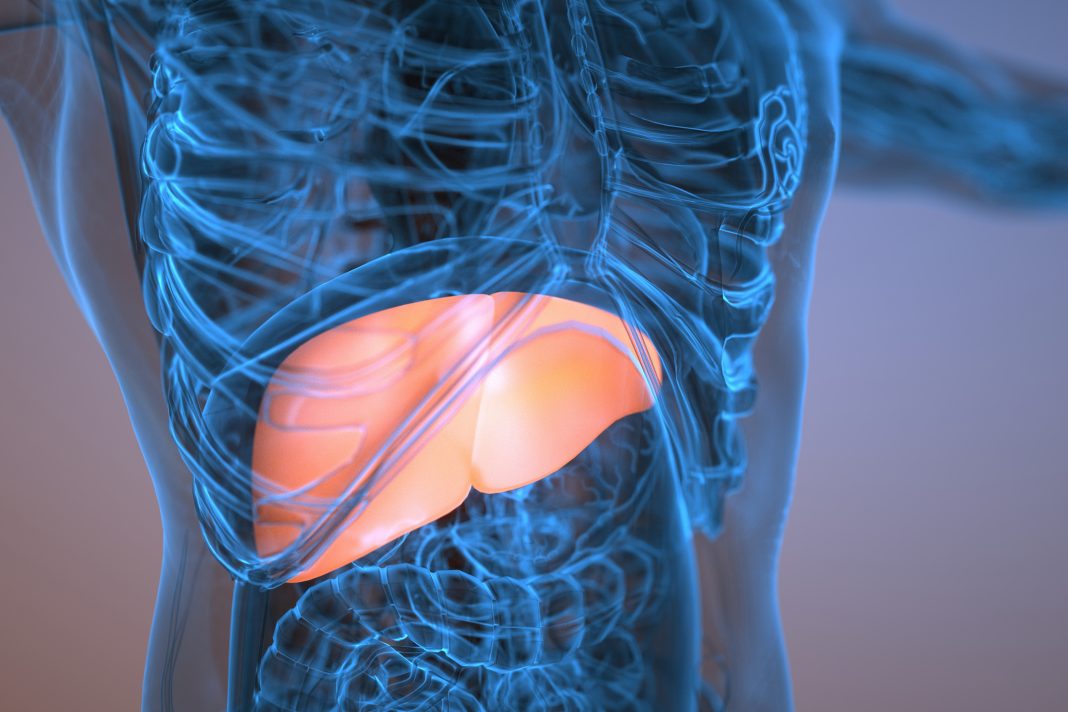Prof. Giovanni Brandi1,2 and Dr. Simona Tavolari1 of the 1 Medical Oncology, IRCCS Azienda Ospedaliero-Universitaria di Bologna, Bologna, Italy; 2Department of Medical and Surgical Sciences, University of Bologna, Bologna, Italy, discuss ischemia-reperfusion injury in hepatic surgery, and the potential to prevent it through hydrogen-therapy
Hepatic surgery is a life-saving procedure for patients with end-stage liver disease, acute liver failure, or some liver malignancies.
In most hepatic surgical treatments, such as liver resection and transplantation, ischemia-reperfusion injury (IRI) is a major cause of the development of complications in treated patients, being associated with a high morbidity and mortality rate after surgery.
IRI occurs when the blood supply to the liver is temporarily interrupted during surgery and then restored by the subsequent reperfusion with accompanying tissue re-oxygenation.
The interruption of blood flow followed by reperfusion can lead to a cascade of damaging events that can significantly affect liver functionality and viability. Furthermore, liver IRI can cause post-reperfusion syndrome, which correlates with hemodynamic, neurological, and renal complications.
Working against IRI
Understanding, preventing, and mitigating IRI is therefore essential for improving the success rate and long-term survival of patients undergoing liver resection or transplantation.
Although the mechanisms leading to IRI in the liver are multifactorial, excessive reactive oxygen species (ROS) production and mitochondrial dysfunction are recognised as one of the leading causes of hepatocyte cell death.
Such ROS increase mainly relies on the disruption of the mitochondrial respiratory chain in hepatocytes and the endothelial cells during the ischemic phase; a further ROS increase occurs by Kupffer’s cells and neutrophils accumulating in the liver after reperfusion, thus exacerbating previous liver damage induced by ischemia.
The role of increased mitochondrial ROS production in IRI
Considering the pivotal role of increased mitochondrial ROS production in driving IRI, targeting mitochondria with antioxidant molecules is deemed one of the most effective therapeutic strategies to confer liver protection against this process.
Hydroxyl radicals are the most reactive among ROS and may cause severe cell damage promoting membrane lipid peroxidation, DNA oxidation and protein denaturation.
As mammalian species lack endogenous detoxification systems for hydroxyl radicals, the employment of molecules scavenging these free radicals is expected to exert beneficial effects against liver IRI, thus improving patient outcomes.
Hydrogen and the body
Molecular H2 is produced in humans by different strains of hydrogenases- containing anaerobic bacteria of the gastrointestinal tract (mainly Firmicutes and Bacteroides), then is excreted as a natural component of abdominal gas, exhaled or further metabolized by colonic flora.
In the body, H2 has been revealed as a completely inert gas with no toxic effects, even after many hours of exposure. Compared to other organs, the liver exhibits the highest H2 concentration, as it accumulates in hepatic tissue within glycogen.
Due to its high fat-solubility, H2 rapidly penetrates across biological membranes, including subcellular organelles such as mitochondria, being able to react selectively with hydroxyl radicals to form water.
Evidence supporting hydrogen therapy for liver surgery
Several experimental studies have proven compelling evidence that, among antioxidants, hydrogen (H2) can alleviate IRI following liver resection or transplantation via inhibition of inflammatory cytokine secretion and reduction of oxidative stress.
In rat models, increased bacterial production of H2 following lactulose administration boosted liver regeneration after hepatectomy; of note, such hepatic regeneration was associated with a decreased inflammatory response and oxidative stress, as shown by reduction of IL-6, TNF-α and malondialdehyde levels and increased superoxide dismutase activity; similarly, other studies reported that administration of exogenous H2 was able to protect against acute or chronic liver injuries, particularly IRI.
Furthermore, in rat models undergoing syngeneic orthotopic liver transplantation, H2 inhalation before surgery significantly inhibited liver IRI; moreover, liver storage in H2-enriched water before transplantation displayed lower oxidative damage and a lower number of apoptotic hepatocytes compared to controls. In pigs undergoing major hepatectomy, compared to controls, H2 inhalation induced a significant reduction of oxidative stress and inflammatory biomarkers IL-1, IL-6, TNF-α and cortisol, resulting in IRI mitigation in hepatic parenchyma according to Suzuki score.
Overall, a substantial body of experimental evidence suggests that H2 can alleviate IRI following liver major resection and transplantation. Compared to other antioxidant molecules, H2 has the advantage of being easily available, inexpensive, and nontoxic at doses effective in humans.
Also, side effects due to an overdose seem highly unlikely in light of the ability of H2 to react selectively with hydroxyl radicals forming water and, at the same time, to be eliminated through the lungs during exhalation. These properties differentiate H2 from other common antioxidants, such as vitamins C and E, for which the effective dose in humans exceeds the maximum tolerated dose.
Undoubtedly, currently available studies about the possible therapeutic use of H2 to prevent/mitigate liver IRI are still poor to draw definitive conclusions on this issue. Nevertheless, preliminary results are encouraging and deserve further investigation in this setting of patients to pave the way for its possible clinical applications in high-risk liver surgeries that often cause fatal complications.

This work is licensed under Creative Commons Attribution-NonCommercial-NoDerivatives 4.0 International.


